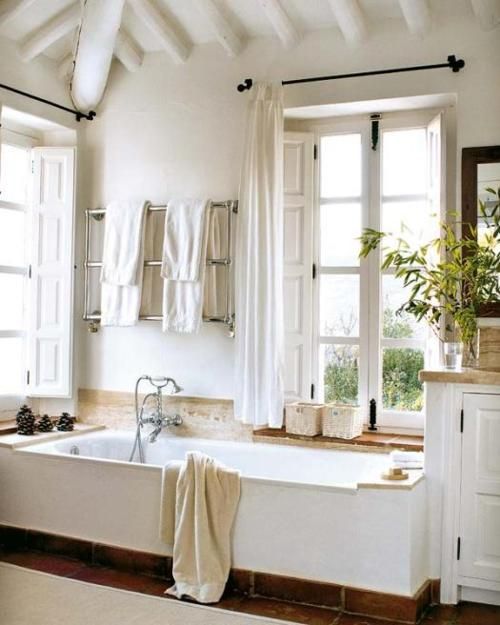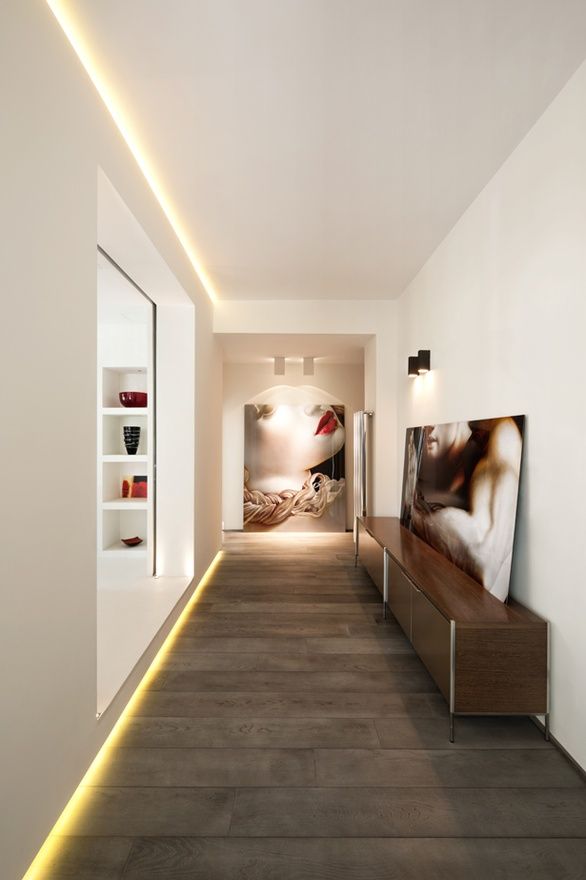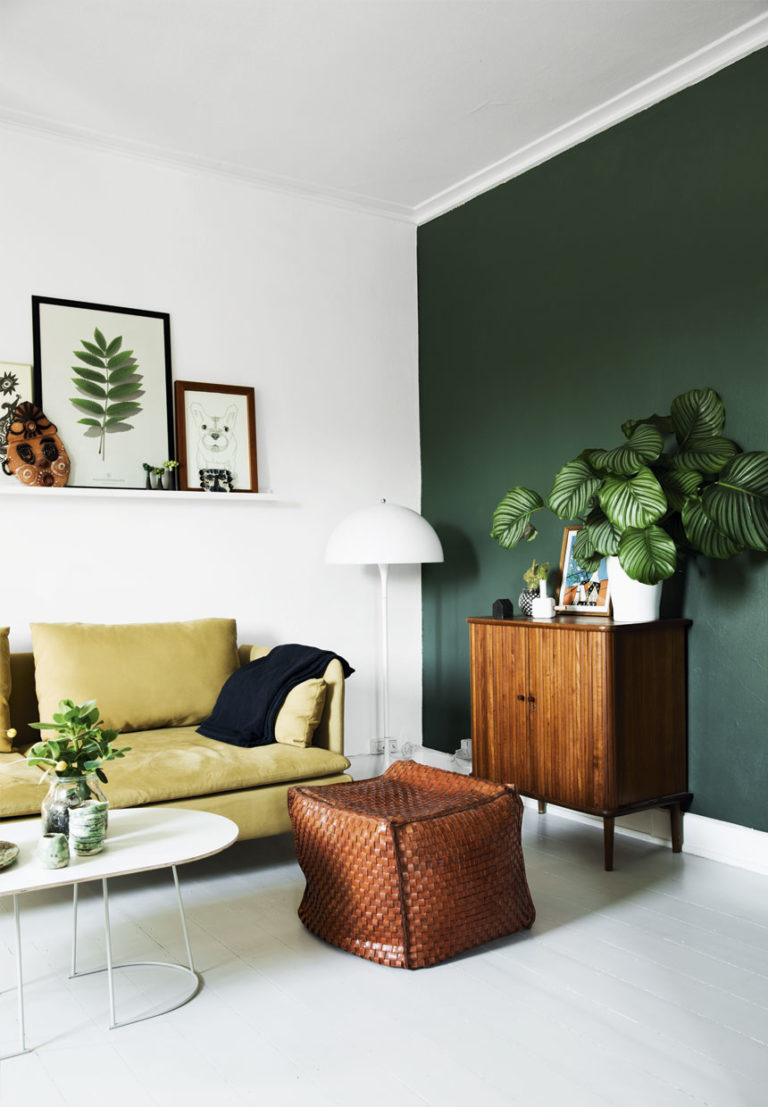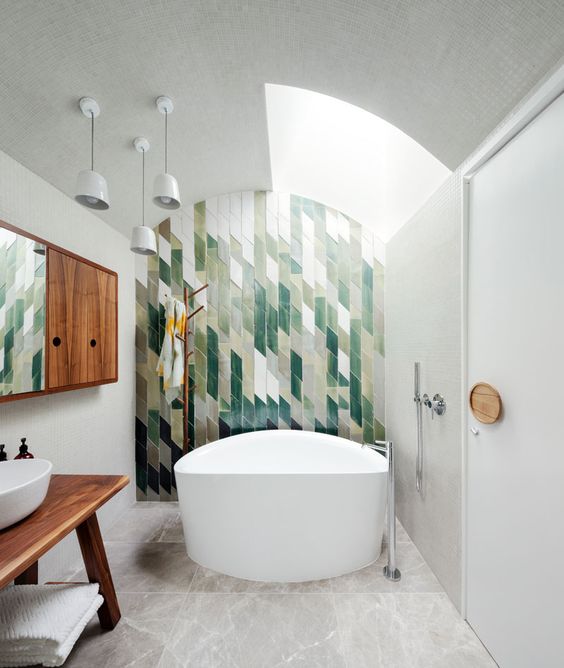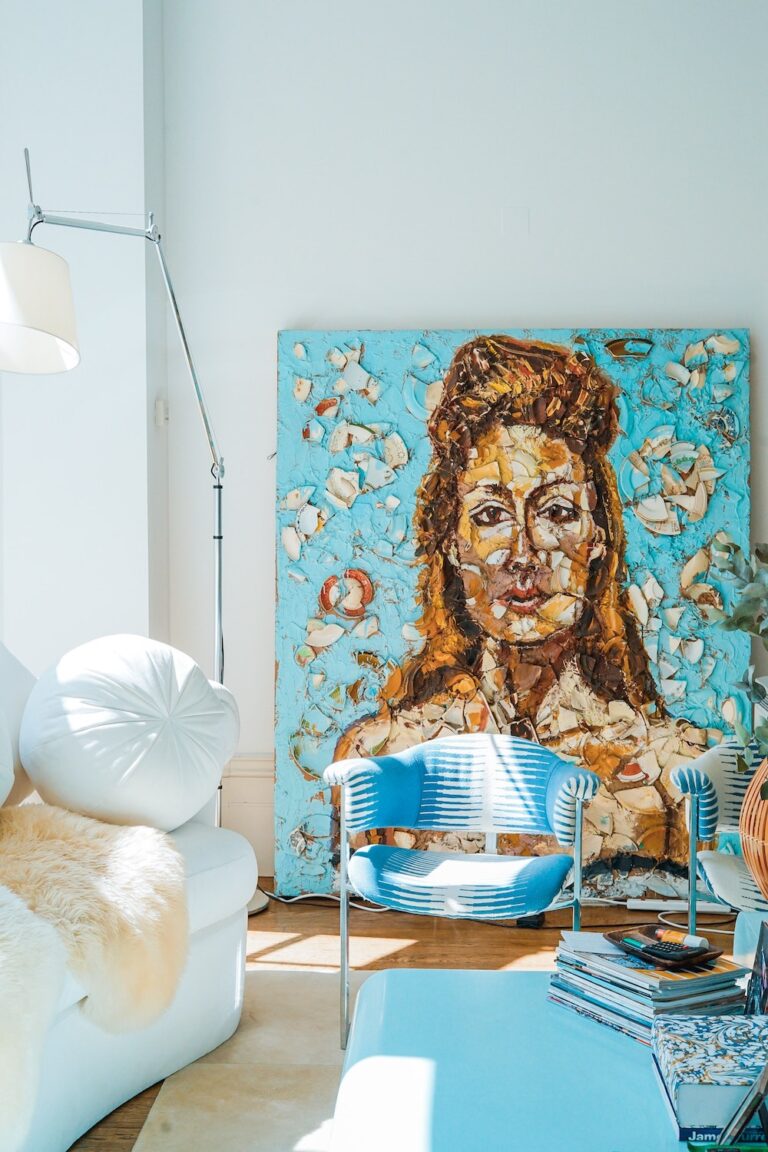The Essential Guide To Perfect Lighting
Lighting: It’s about as vital as it gets in any living space. Perhaps more important than you might think. If you don’t think about your lighting, it can ruin the entire look of a room, no matter how much you spend on decorations and fittings. The good news is that even if you make a mistake, it’s easy to fix.
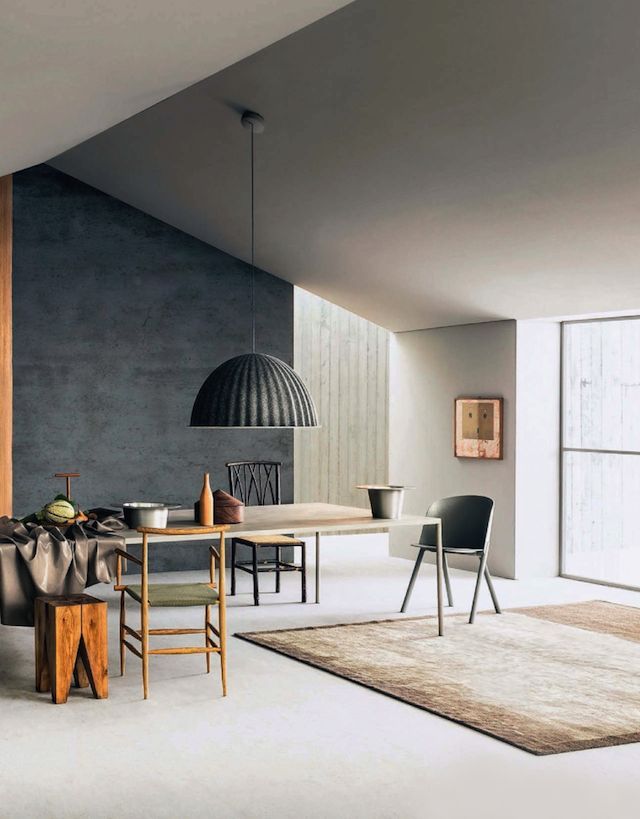
In this guide, we’re going to go through some of the basics of enjoying a well-lit room. And, we’ll even throw in a few handy tips for good measure. Ready to light up your home in the best possible way? Then let’s get started straight away.
Natural light
First of all, it’s important to understand the types of light you have in the home. Let’s start with natural light. It’s free; it helps with your moods, and if you’re lucky, it brightens up your room perfectly. But, it isn’t without its problems. Your quality of natural light depends a great deal on where you live, the size of your windows, and the direction your home faces.
If you have a lot of natural lights, and it gets too much, try using lined fabric drapes to keep it out when necessary. You can also use Venetian or louvre blinds, or use a window treatment to reduce the glare. If you aren’t getting enough natural light, there are a few clever tricks you can use. Light drapes and window treatments can help bring more light in while lots of mirrors in the room can help brighten up the place. In fact, it can be quite a stunning effect to see the natural light bouncing off the mirrors at different times of the day.
Firelight
Firelight is beautiful to look at – especially on a warm winter’s night. It’s great for summer evenings, too, when you can use candles. It’s atmospheric and brings the feeling of heat into the room. And, of course, it’s incredibly romantic. Nothing beats the warm comforts of an open fire, surrounded by low lighting.
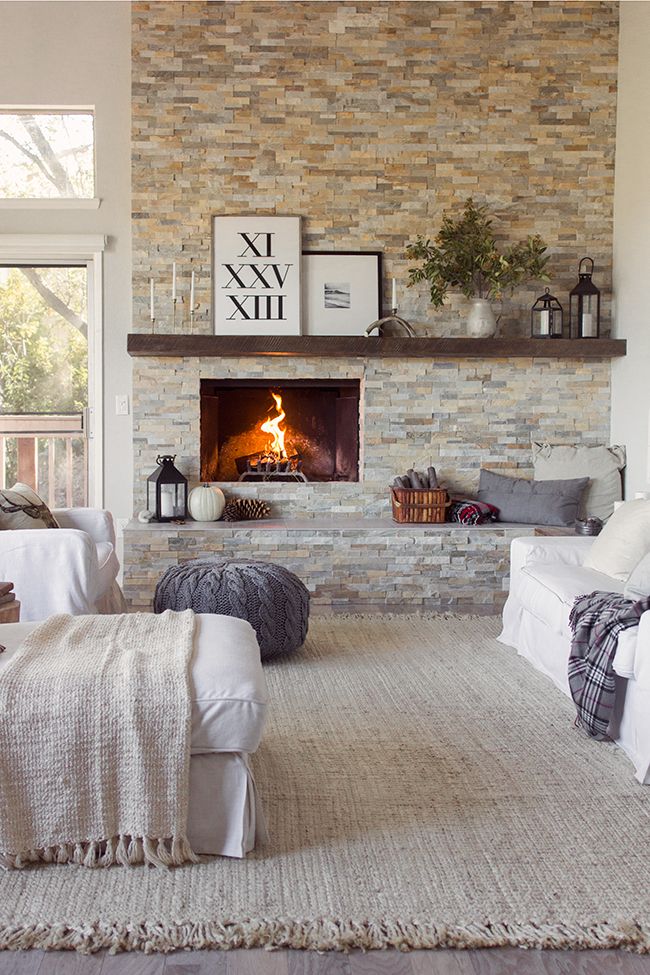
You have a lot of options for offsetting your combustion lights, too. Again, mirrors work well and can help give your room a warm glow of orange and reds. And, if you have a mantelpiece, it’s the perfect setting for a beautiful candelabra or two. You can use those for an elegant accompaniment to a dinner party, too.
General lighting
Now we’re going to get to the controllable aspect of your home lighting, and we can start to have some real fun. There are a few categories to think about. Your general lights are your primary lighting options – the ones you use when you enter a room. If you learn how to measure lighting intensity, you will find that different size rooms have different lighting needs. It’s also a good idea to have a dimmer switch for your lights in some rooms, as you can then change the mood of the room in an instant.
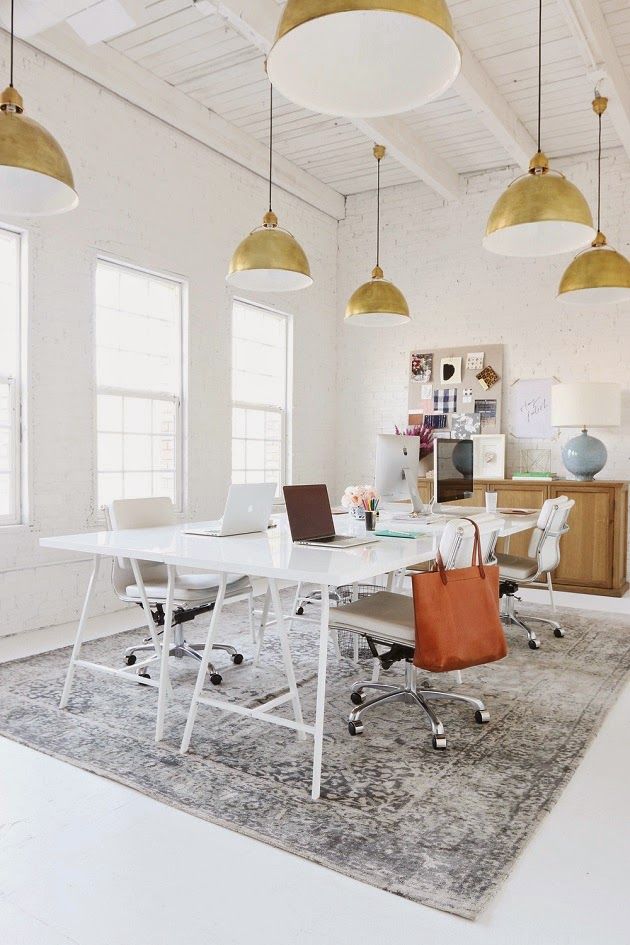
It’s also important to look out for your colour scheme. If you want to make sure your furniture and decor looks as good as possible, it’s a good idea to take in some of the most important points. It can make an enormous difference.
Work lighting
There are plenty of areas of the home that you need brighter lights for work purposes. The kitchen, for example, needs bright strip or spotlights, or maybe some fluorescent bulbs to help you see what you are doing. There’s a good price guide to fluoro bulbs over at Any Lamp if you want to find out more. You’ll also need bright desk lamps in your office if you work from home.
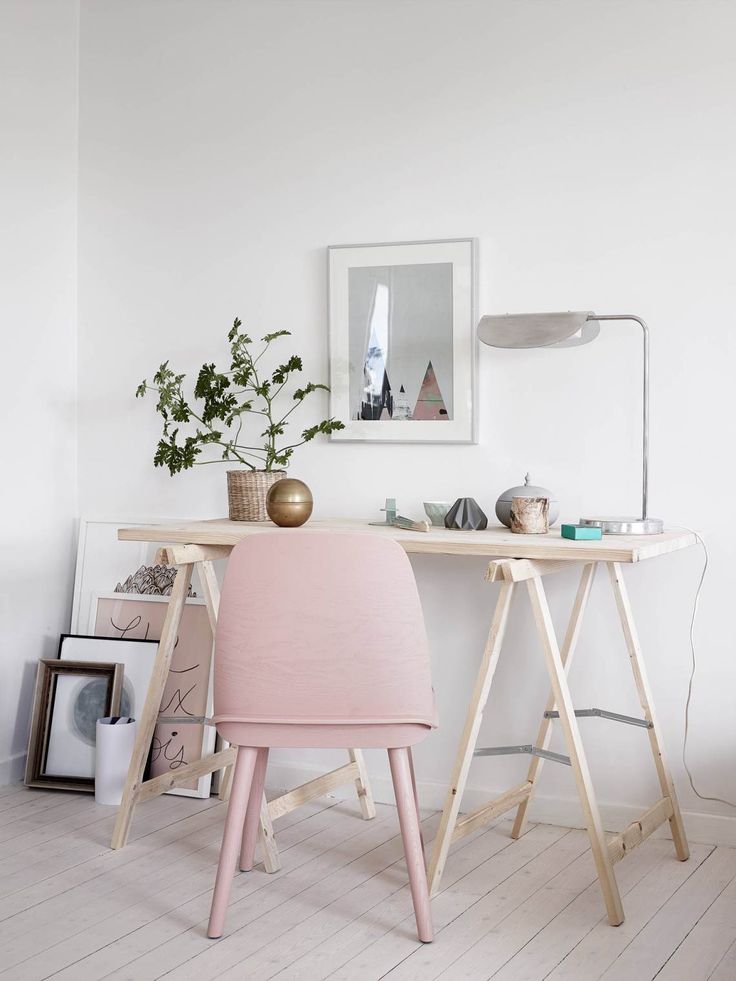
Don’t forget about lighting up the areas where you read, too. It might be for pleasure, but your eyes will be working hard. And, if you don’t have a strong light, you might end up straining your eyes.
Ambient lights
Ambient lights can help set the tone of a room, and ties in with your general lighting perfectly. It’s dramatic, and can be as bold or as gentle as you like; often lighting the ceiling or a wall instead of a floor.
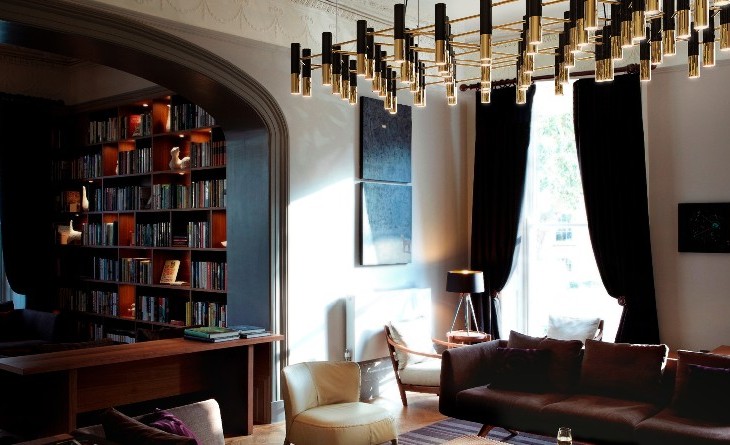
There are some interesting ideas you can use if you are feeling adventurous. Wall lights pointed up towards the ceiling can have a great effect while strips of lights can act as a futuristic frieze around the top of your walls. It’s great for adding that little extra light in a darker room, without overpowering everything else.
Moody lighting
Next, is your mood lighting. This is vital to bring together every other aspect of your room, and without it, things would look drab. Think about lamps, colours and shadows, and use layering to draw the eye to different levels. Lamps are essential, of course, and you will get to play around with different strengths of bulb.
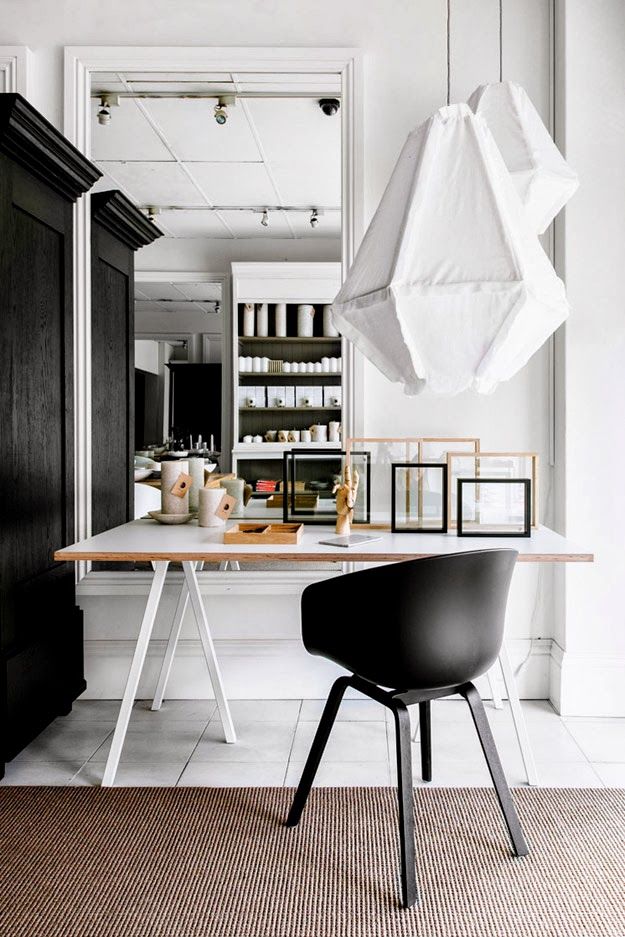
If you are going to bring in a lot of lamps to your room, be careful of wires. They can be unsightly and ruin any cozy effect you have worked hard to achieve – and they are a trip hazard, too. Don’t be afraid to drill little holes into the back of a side table – or even under the floorboards if you want. It will remove any issues you have with trailing wires, and it will also protect them against damage.
Accentuated lighting
Now, the finishing touch. This is for highlighting the areas of the home that you want people to look at. Artwork or pictures on the wall, for example, or sculptures or beautiful features of your home. Use spotlights, and set them to a brighter luminosity than your background lighting. It has to pop to draw the eye and make things stand out.
Another way to use accent lighting is to break up large stretches of wall. You can install wall lights along the stretch, and it turns a dull wall into a genuine feature. It’s not expensive, either, and if you throw up a framed photo you have taken yourself, it’s a fantastic look, for little to no cost.
So, there you go – our guide to a perfectly lit room. We hope you have picked up some great tips and put them to good use. Let us know how you get on, or feel free to share any other tips you might have.

